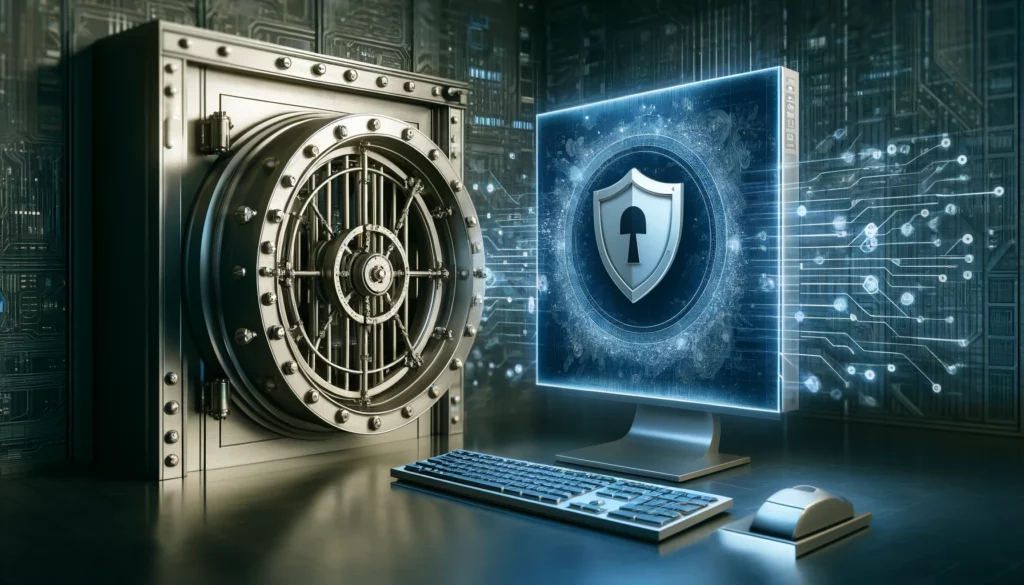Protecting our sensitive information is paramount, especially when it comes to online banking. As cyber threats continue to evolve and become more sophisticated, traditional password-based authentication methods alone may not provide sufficient protection against unauthorized access to our financial accounts. That’s where two-factor authentication (2FA) comes into play. In this blog post, we’ll explore the importance of two-factor authentication in banking and how it enhances security for both financial institutions and their customers.
- What is Two-Factor Authentication (2FA)?: Two-factor authentication is a security measure that adds an extra layer of protection to the login process by requiring users to provide two forms of verification before accessing their accounts. Typically, this involves something the user knows (such as a password or PIN) and something they have (such as a mobile device or security token).
- How Does 2FA Work in Banking?: In the context of online banking, 2FA usually involves entering a password (the first factor) followed by a one-time code or token generated by a separate device or application (the second factor). This additional verification step helps ensure that even if a cybercriminal obtains a user’s password, they would still need access to the second factor to gain entry to the account.
- Benefits of 2FA in Banking:
- Enhanced Security: By requiring an additional form of verification, 2FA significantly reduces the risk of unauthorized access to online banking accounts. Even if a user’s password is compromised, the second factor acts as a barrier against account takeover.
- Protection Against Phishing: Phishing attacks, where cybercriminals attempt to trick users into revealing their login credentials, are less effective against accounts protected by 2FA. Even if a user unwittingly provides their password in a phishing scam, the attacker would still need access to the second factor to gain entry.
- Compliance with Regulations: Many regulatory bodies, such as the Federal Financial Institutions Examination Council (FFIEC) in the United States, recommend or require financial institutions to implement multi-factor authentication as part of their security measures to protect customer accounts.
- Types of 2FA Methods:
- SMS Authentication: Users receive a one-time code via text message to their registered mobile phone number.
- Authentication Apps: Users generate one-time codes using a mobile app like Google Authenticator or Authy.
- Hardware Tokens: Users use a physical device, such as a USB token or smart card, to generate one-time codes.
- Biometric Authentication: Users verify their identity using biometric data such as fingerprints, facial recognition, or iris scans.
- Tips for Using 2FA in Banking:
- Enable 2FA Whenever Possible: Take advantage of 2FA wherever it’s offered by your bank or financial institution.
- Use Authenticator Apps: Consider using authentication apps instead of SMS authentication for added security, as SMS can be vulnerable to SIM swapping attacks.
- Keep Backup Codes Secure: Many 2FA methods provide backup codes that can be used to access your account if you lose access to your primary authentication method. Store these codes securely in case of emergencies.
As you can see, two-factor authentication plays a crucial role in enhancing security in banking by providing an additional layer of protection against unauthorized access to online accounts. By implementing 2FA and following best practices for its use, both financial institutions and their customers can strengthen their defenses against cyber threats and mitigate the risk of account compromise. Remember, when it comes to safeguarding your financial information, it’s better to be safe than sorry, and 2FA is an essential tool in your cybersecurity arsenal.

Penetra Cybersecurity is at the forefront of defending the digital frontier, providing cutting-edge solutions to protect businesses and organizations from the ever-evolving threats of the cyber world. Established with a mission to create a safer internet for everyone, Penetra leverages a blend of advanced technology, expert knowledge, and proactive strategies to stay ahead of cybercriminals.
Ready to take the next step towards a more secure future? Schedule a consultation with us today and discover how we can help protect what matters most to you. Don’t wait until it’s too late—with Penetra Cybersecurity, your business isn’t just secure; it’s imPenetrable.




